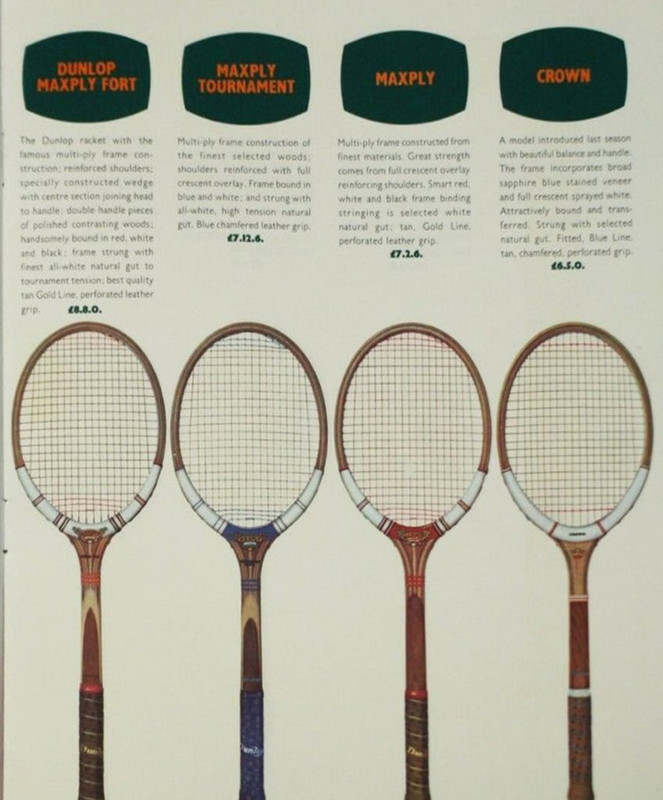docrpm
New User
I kicked off sharing what remains of my Dad's collection by posting the metal racquets I have. I really enjoyed the discussion and all of the insights people brought forward. Now it's time for the woodies!
I'll start with what seems to be the oldest racquet in my possession: a Wright & Ditson "Special" from the 1890s. After extensive back and forth with @Henry Hub , we seem to both think that it's a Sears Special, since it shares many characteristics with those racquets. It's still a bit puzzling that it's got what appears to be a flat head, though that might be due to warping. Any additional thoughts are welcome!
I'll start with what seems to be the oldest racquet in my possession: a Wright & Ditson "Special" from the 1890s. After extensive back and forth with @Henry Hub , we seem to both think that it's a Sears Special, since it shares many characteristics with those racquets. It's still a bit puzzling that it's got what appears to be a flat head, though that might be due to warping. Any additional thoughts are welcome!


